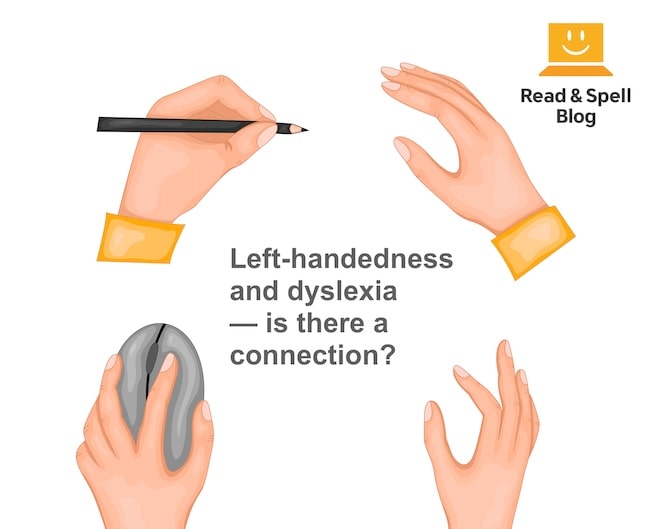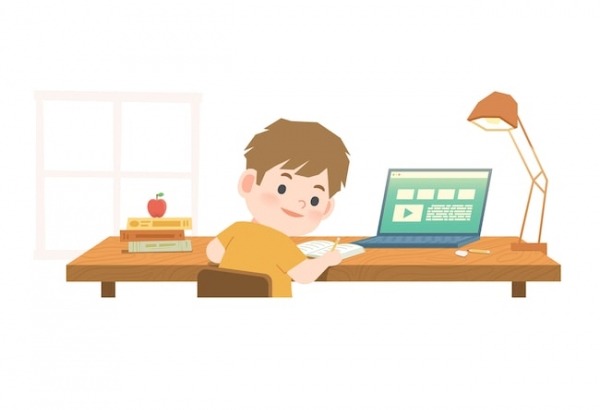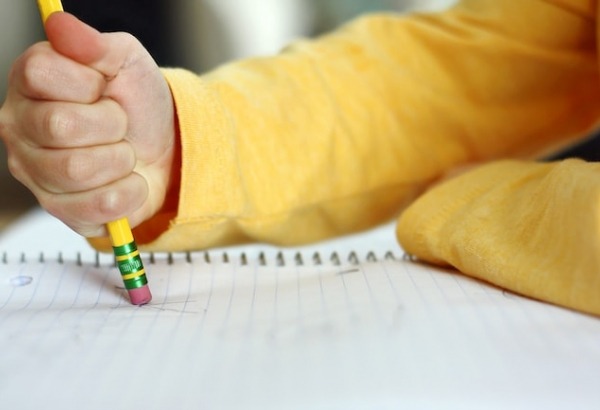Left-handed and dyslexic
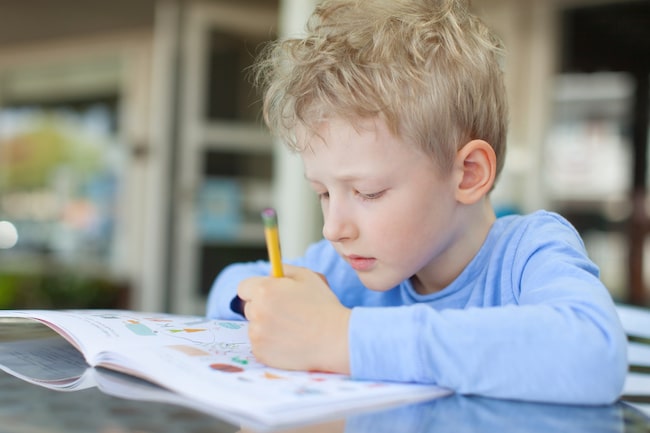
It is sometimes said that certain mood disorders and learning difficulties are more common in people who favor their left hand. Researchers have not yet found a genetic link between dyslexia and handedness and individuals with dyslexia, a learning difficulty that affects reading, writing and spelling abilities, are split 50:50 between right and left-handedness.
However, there are fewer left-handed people in the world. In fact, the difference is 90:10. This means that dyslexia may be more commonly found in left-handed people but the relationship is not necessarily causal. There is also the question of whether or not it is more common in boys than girls.
Some evidence suggests dyslexia is just as prevalent in girls as boys but not as well recognized, while other studies (Quinn & Wagner 2015) have found reading difficulties occur more often in male individuals.

Genetic origins of handedness
Human beings tend to favor one hand over the other when it comes to writing and performing other personal tasks, such as grooming and eating. In the US, about 89% of the population is right-handed, 10% is left-handed and 1% is mixed-handed or ambidextrous, which is when a person chooses to use their right or left hand depending on the task.
Though there are other species that show handedness preferences, such as chimpanzees, they tend to be split 50:50 in choosing their right or left hand. This makes explaining the right hand bias in humans a challenge for researchers studying its genetic origins.
Handedness is not a simple case of recessive vs. dominant traits. Mutations across multiple genes contribute to whether or not a person chooses to use their right or left hand more often. Recent research has revealed that the same genes implicated in handedness control the positioning of organs in the body.
Handedness may also be related to asymmetry, with the parts that control language commonly found on the left-side of the brain. To some extent there is also a question of nature vs. nurture, as not all identical twins share handedness and studies have indicated that low birth weight and mothers who are stressed while pregnant can make it more likely that children will be left-handed.
Given they were in the minority, left-handed people were historically treated as different. The left hand was considered dirty and sometimes associated with the devil. Today, in some cultures it is still forbidden to use the left hand for certain tasks, such as ritual prayer or eating.
And while educators in the US and UK no longer force left-handed children to learn how to write using their right hand, kids still require different desks, special scissors and instruction in how to place their paper to avoid smudging ink.
What is dyslexia?
Dyslexia is a brain-based learning difficulty that affects up to 10% of people in the world. It has nothing to do with intelligence and people who have dyslexia are not lazy, they simply process information in a different way. Dyslexia can vary in its severity and no two individuals will experience the same set of symptoms.
Nonetheless, most dyslexic people struggle with splitting words into their component sounds. Problems with phonemic awareness can make it difficult to spell and decode words, a crucial step in early reading skills development.
Some people with dyslexia also have difficulty interpreting visual information and identifying spatial and right-left relationships.
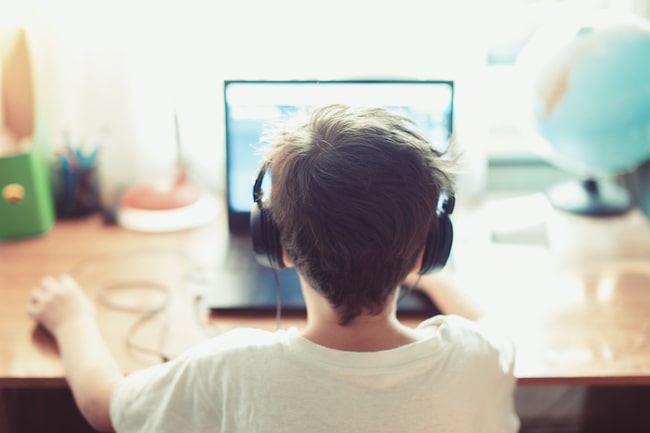
Strategies for dyslexic students
It can help for dyslexic students to strengthen phonemic awareness and get extra practice with certain vocabulary.
For example, if high frequency words are recognized by sight during reading, it enhances reading comprehension and eliminates the need for children to sound them out. The sooner dyslexia is identified, the better. This is because dyslexic children who are not taught coping skills can easily fall behind their peers in literacy skills development. They may develop negative associations with school and have low self-esteem.
If a student isn't ready for direct intervention, they might consider Touch-type Read and Spell. It's a typing program designed to support dyslexic children and adults by teaching touch-typing in a multi-sensory way, following a curriculum that builds phonics knowledge. Students see, hear and type a word, which reinforces it in memory and supports sight reading too.
Using a computer to touch type can also make it easier for dyslexic students to write. Information flows freely through the fingertips and onto the screen and individuals have access to spell checkers.
Learn more about helping dyslexic students in the classroom.
Do you have any experience with handedness and dyslexia to contribute? Send us an email and join the discussion!
References:
http://journals.plos.org/plosgenetics/article?id=10.1371/journal.pgen.10...
For learners who struggle with dyslexia
TTRS is a program designed to get children and adults with dyslexia touch-typing, with additional support for reading and spelling.
Chris Freeman
TTRS has a solution for you
An award-winning, multi-sensory course that teaches typing, reading and spelling

How does TTRS work?
Developed in line with language and education research
Teaches typing using a multi-sensory approach
The course is modular in design and easy to navigate
Includes school and personal interest subjects
Positive feedback and positive reinforcement
Reporting features help you monitor usage and progress

